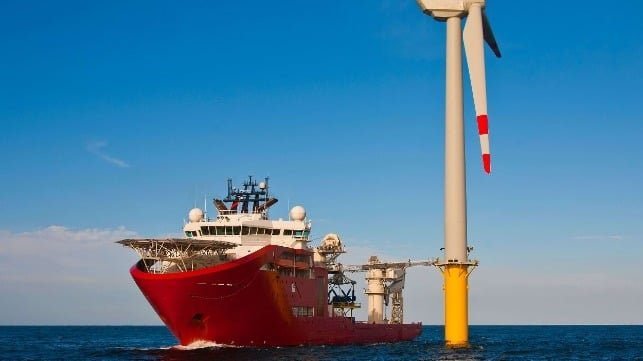A groundbreaking achievement in the wind industry was recently accomplished at the Scottish Kincardine offshore wind farm, located southeast of Aberdeen. A major component exchange (MCE) was successfully performed on an offshore floating wind turbine without the need to tow it to port. This innovative process was made possible through a collaboration of technologies and expertise from LiftOff, Vestas, Dragados, Kincardine Offshore Windfarm Limited (KOWL), and Cobra Wind International (CWIL). The goal was to find more cost-effective and efficient alternatives for generator repairs or replacements in the wind energy industry.
The successful in-situ generator exchange was carried out on a Vestas V164-9.5MW turbine using LiftOff’s up-tower crane technology and specialized teams from LiftOff and Vestas. The operation was executed from an offshore support vessel (OSV) with support from crew transfer vessels (CTVs). This new process eliminated the need for tow-to-port operations, which are known to generate a large carbon footprint, incur high costs, and result in extended periods of turbine downtime. The 50 MW Kincardine Offshore wind farm, fully operational since 2021, is owned by Dragados and provides green electricity to Scotland’s grid.
The GenHook up-tower crane, supplied by LiftOff, played a crucial role in the successful exchange. After Vestas prepared the wind turbine generator and decommissioned the old one, LiftOff lifted it from the nacelle and safely lowered it to the deck of the floater for transfer to the OSV. The replacement generator was then transferred to the floater and lifted into the nacelle using the GenHook crane. Load-control mechanisms were installed to manage the load during lifting activities, considering the constant movement of the floating wind turbine due to wind, waves, and currents. The meticulous planning and real-time monitoring ensured a safe operation, completed in less than a month, including equipment mobilization and demobilization.







